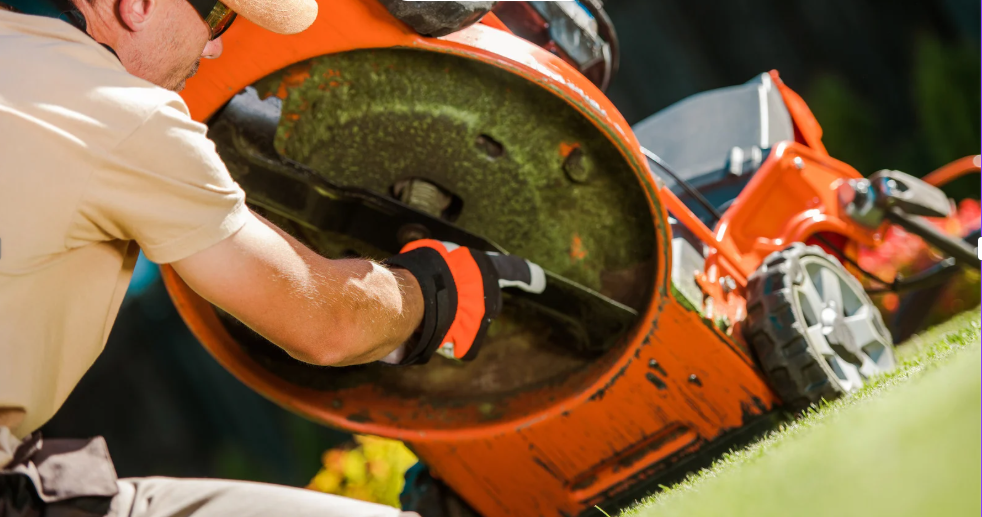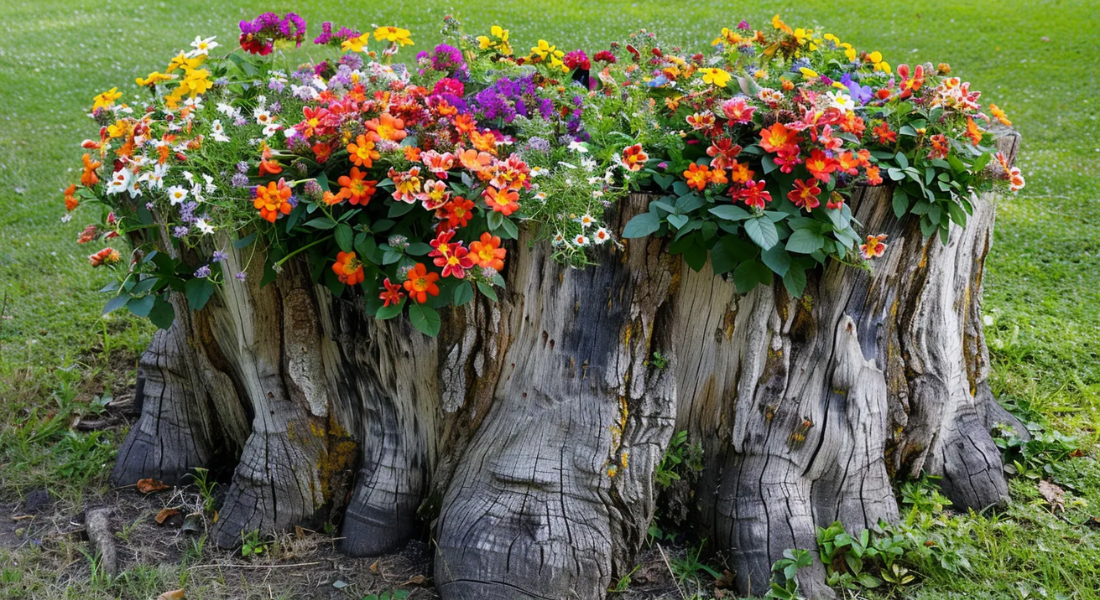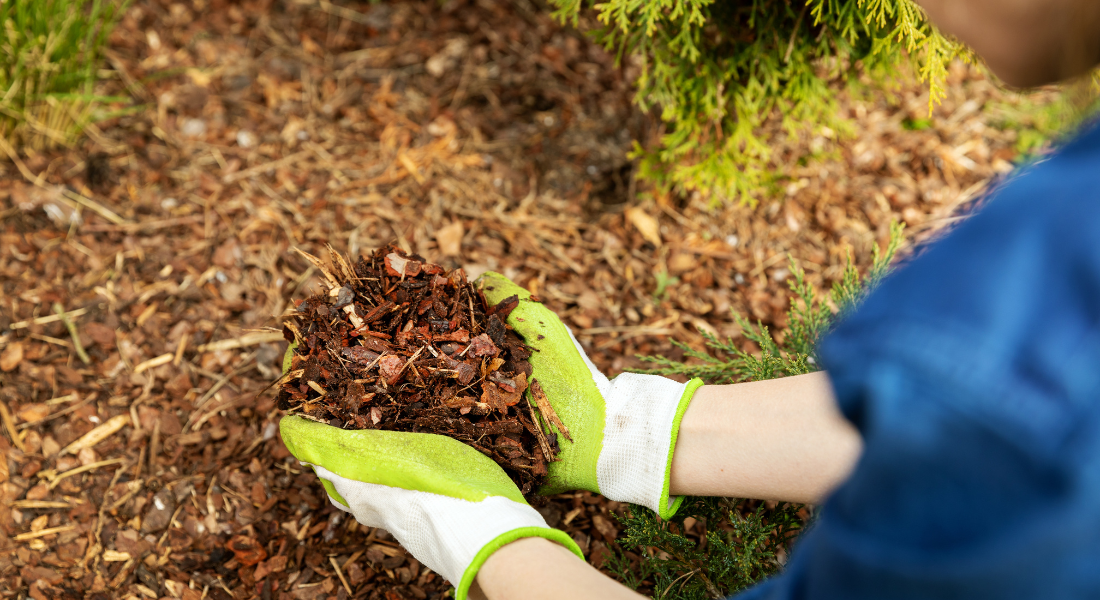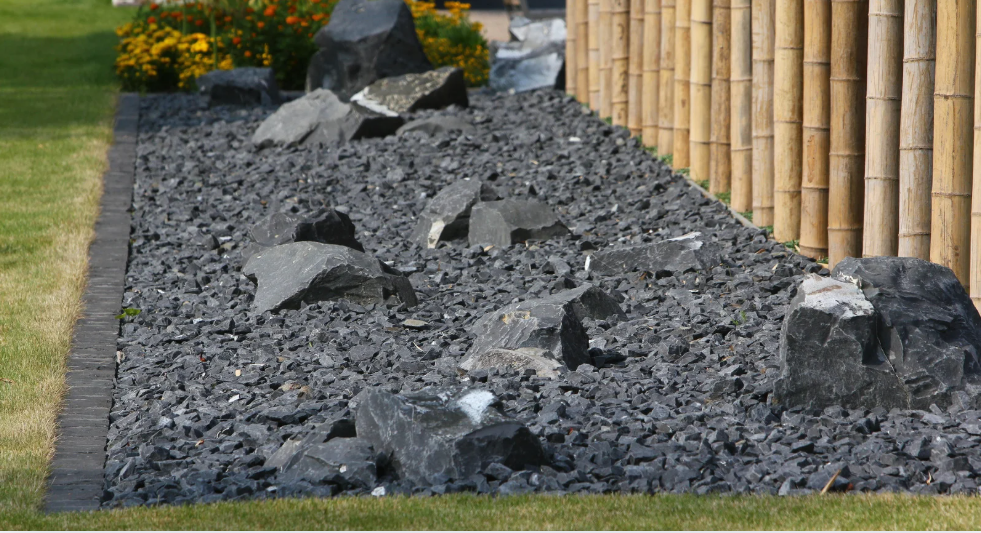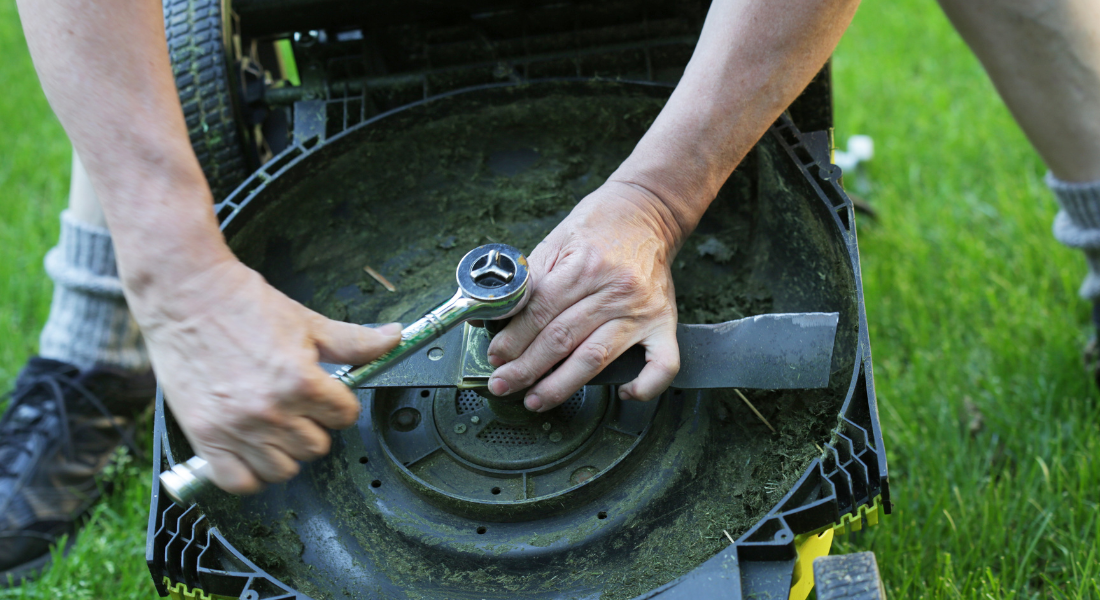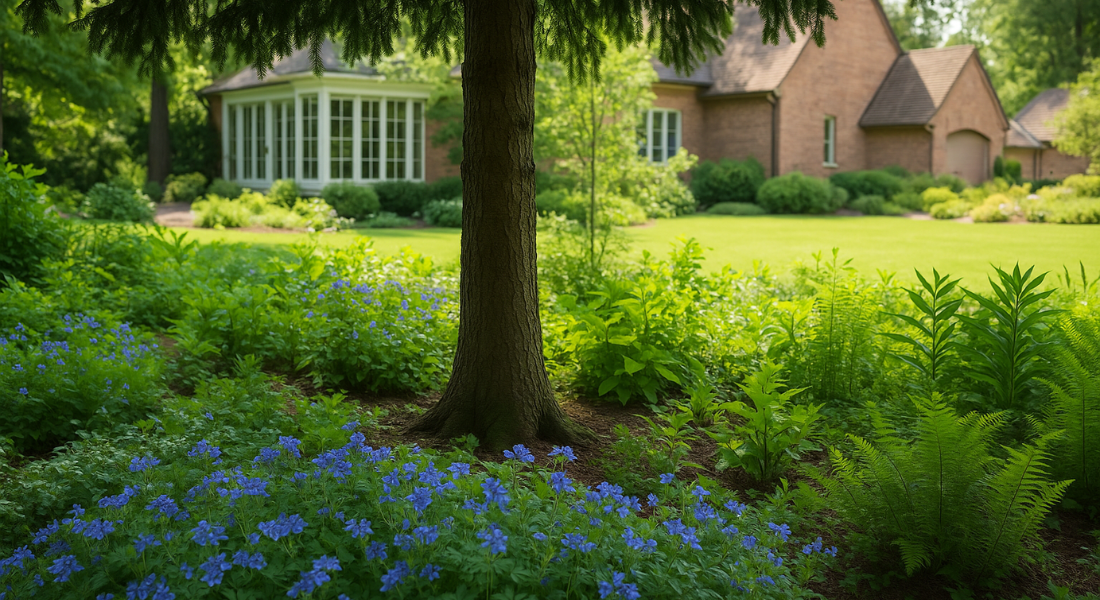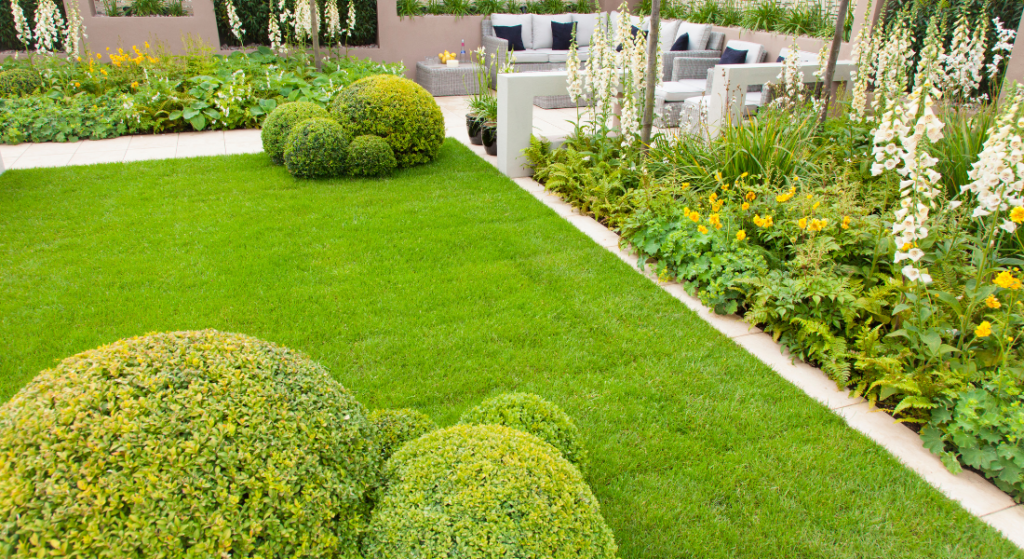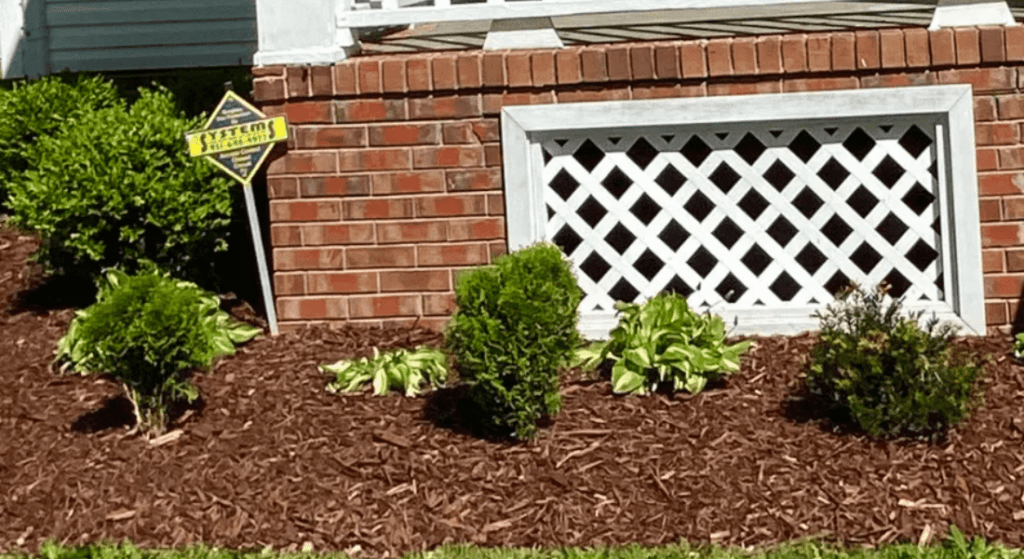How to Fertilize A Lawn – Tips for a Healthy, Lush Yard
Achieving a lush, green lawn can feel overwhelming, can’t it? You spend time and money trying to get it just right, but common mistakes like applying too much or too little fertilizer, using the wrong type, or fertilizing at the wrong time can leave your lawn looking patchy and unhealthy. Don’t worry, though—you’re not alone. This blog guide is here to help you navigate the complexities of lawn care. With expert tips and easy-to-follow steps, you’ll learn exactly how to give your lawn the care it needs. You can also check out this resource for more information: Banish the Weeds of Your Lawn.
What is Lawn Fertilization and Why is it Important?
Lawn fertilization is the process of applying nutrients to your lawn to promote healthy grass growth and development. These nutrients, primarily nitrogen, phosphorus, and potassium, are essential for the lawn’s overall health. Regular fertilization ensures that your grass receives the nutrients it needs to stay green, thick, and resistant to weeds and diseases. Lawn fertilization is crucial because it helps maintain the soil’s fertility, encourages root growth, and improves the lawn’s ability to absorb water and nutrients.
How Do You Choose the Right Fertilizer for Your Lawn?
Choosing the right fertilizer for your lawn involves understanding your lawn’s specific needs. Different types of grass require different nutrient compositions. For instance, cool-season grasses like fescue and Kentucky bluegrass thrive with fertilizers high in nitrogen. Conducting a soil test can help determine which nutrients your lawn lacks. Look for fertilizers that match these needs. Additionally, consider whether you want a quick-release or slow-release fertilizer, as each type offers different benefits for lawn care.
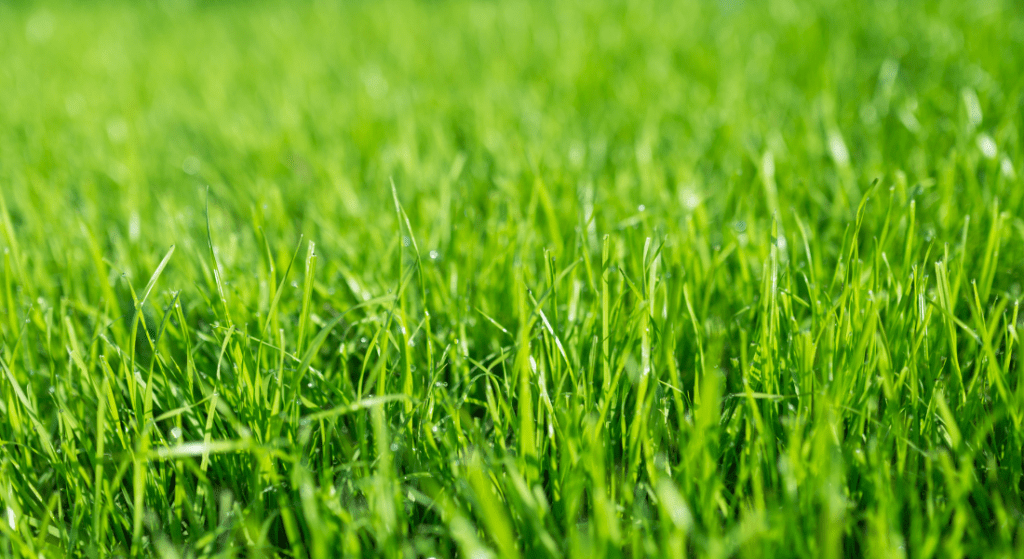
When is the Best Time to Fertilize A Lawn?
Timing is crucial when it comes to lawn fertilization. The best time to fertilize depends on the type of grass you have. Cool-season grasses benefit most from fertilization in early spring and fall, while warm-season grasses should be fertilized in late spring and summer. Applying fertilizer at the right time ensures that your lawn receives nutrients when it is actively growing, leading to better absorption and utilization.
What are the Different Types of Lawn Fertilizer?
There are various types of fertilizer available, each suited for different needs:
- Granular Fertilizer: This type is easy to apply and provides a slow release of nutrients over time.
- Liquid Fertilizer: Ideal for a quick nutrient boost, liquid fertilizers are applied using a garden hose.
- Organic Fertilizer: Made from natural materials, organic fertilizers improve soil health and provide long-term benefits.
- Synthetic Fertilizer: These are manufactured to provide specific nutrient ratios and are highly effective for immediate results.
Understanding the types of fertilizer helps you determine which is best for your lawn’s specific conditions and your personal preferences.

How to Apply Fertilizer to Your Lawn
Applying fertilizer correctly is essential for even coverage and to avoid damaging your lawn. Here’s how you can do it:
- Use a Spreader: A rotary spreader or drop spreader helps distribute the fertilizer evenly across the lawn.
- Follow the Instructions: Always read the instructions on the fertilizer bag to determine the correct application rate.
- Overlap Slightly: When using a spreader, overlap each pass slightly to ensure complete coverage.
- Clean Up Spilled Fertilizer: Remove any excess fertilizer from driveways, sidewalks, or patios to prevent runoff and staining.
Proper application techniques ensure that your lawn receives the nutrients it needs without the risk of over-fertilization or patchy growth.
What is the Role of Nitrogen in Lawn Fertilization?
Nitrogen is the most important nutrient for lawn care, promoting vigorous growth and a rich green color. It is a key component of chlorophyll, the compound that plants use to photosynthesize sunlight into energy. Nitrogen also supports the development of strong root systems and helps the grass recover from stress. When selecting a fertilizer, pay attention to the nitrogen content to ensure it meets your lawn’s needs.
How Often Should You Fertilize Your Lawn?
The frequency of fertilization depends on the type of grass and the specific fertilizer program you follow. Generally, cool-season grasses should be fertilized at least twice a year, in early spring and fall. Warm-season grasses may require more frequent applications, typically every six to eight weeks during the growing season. Always follow the recommendations on the fertilizer bag and adjust based on your lawn’s appearance and health.
Should You Water Your Lawn Before or After Fertilization?
Watering your lawn is an important step in the fertilization process. It’s best to water your lawn a day or two before applying fertilizer to ensure the soil is moist, which helps the fertilizer penetrate the soil more effectively. After applying fertilizer, water your lawn lightly to help the nutrients settle into the soil. However, avoid overwatering, as this can cause runoff and waste the fertilizer.
Common Mistakes to Avoid When Fertilizing Your Lawn
Even with the best intentions, mistakes can happen during fertilization. Here are some common pitfalls to avoid:
- Over-Fertilizing: Applying too much fertilizer can burn your lawn and lead to excessive growth that is difficult to maintain.
- Under-Fertilizing: Not applying enough fertilizer can result in weak, sparse grass that is prone to weeds and disease.
- Incorrect Timing: Fertilizing at the wrong time of year can waste fertilizer and harm your lawn.
- Uneven Application: Inconsistent coverage can cause patchy growth and areas of poor grass health.
By avoiding these mistakes, you can ensure that your lawn receives the right amount of nutrients at the right time.
Professional Lawn Care Services vs. DIY Fertilization
Many homeowners wonder whether to hire professional lawn care services or handle fertilization themselves. Here are some considerations:
- Expertise: Professional lawn care services have the knowledge and experience to assess your lawn’s needs and apply the right fertilizer.
- Convenience: Hiring a service saves you time and effort, ensuring your lawn is cared for regularly.
- Cost: While DIY fertilization may seem cheaper, it can be more costly in the long run if mistakes are made.
For those in Clarksville, TN, Green Life Services offers expert tree planting and installation, mulch and rock enhancements, and sod installation. Our team can help you achieve a lush, healthy lawn with professional fertilization services tailored to your specific needs. By choosing Green Life Services, you can enjoy the benefits of a well-maintained lawn without the stress.
Conclusion
Proper lawn fertilization is essential for maintaining a healthy, vibrant lawn. By understanding the types of fertilizers available, knowing when and how to apply them, and avoiding common mistakes, you can ensure your grass stays lush and green throughout the year. Whether you choose to fertilize your lawn yourself or hire professionals, taking the right steps will make a significant difference in the health and appearance of your lawn.
For those looking for professional assistance, we offers comprehensive lawn maintenance solutions. Our expertise in tree planting, mulch and rock enhancements, and sod installation ensures that your outdoor space remains beautiful and well-maintained. Trust Green Life Services to help you achieve the lawn of your dreams.
For a comprehensive understanding of the process, check out our detailed SOD Installation Guide.
Key Takeaways
- Lawn Fertilization: Crucial for healthy, green grass; provides necessary nutrients.
- Choosing the Right Fertilizer: Tailor selection to your lawn’s specific needs; consider soil tests and grass types.
- Timing: Fertilize at the right time of year based on grass type (cool-season vs. warm-season).
- Application: Use spreaders for even coverage; follow instructions on fertilizer bags.
- Nitrogen’s Role: Vital for growth and green color; essential for photosynthesis.
- Watering: Pre-water the lawn and lightly water after fertilization to help nutrients penetrate the soil.
- Common Mistakes: Avoid over-fertilizing, under-fertilizing, incorrect timing, and uneven application.
- Professional Services: Consider professional lawn care for expertise, convenience, and consistent results.
By following these guidelines, you can enjoy a lush, green lawn that enhances the beauty of your home and provides a pleasant outdoor environment for you and your family.
Ready to transform your lawn into a green oasis? Contact Green Life Services in Clarksville, TN, for expert lawn care and landscaping solutions. Their professional team will help you achieve and maintain a beautiful, healthy lawn all year round. Visit their website or call today to get started on your lawn care journey.
FAQs
When to Fertilize Lawn?
The best time to fertilize your lawn depends on the type of grass you have. For cool-season grasses, such as fescue and Kentucky bluegrass, early spring and fall are ideal times. Warm-season grasses, like Bermuda and Zoysia, benefit most from fertilization in late spring and summer when they are actively growing.
How Often to Fertilize Lawn?
The frequency of fertilization depends on the type of grass and your specific lawn care goals. Generally, cool-season grasses should be fertilized at least twice a year—in early spring and fall. Warm-season grasses may need fertilization every six to eight weeks during the growing season. Always follow the recommendations on the fertilizer bag and adjust based on your lawn’s appearance and health.
When is the Best Time to Fertilize Your Lawn?
The best time to fertilize your lawn is when your grass is actively growing. For cool-season grasses, this is typically in early spring and fall. Warm-season grasses thrive with fertilization in late spring and summer. Avoid fertilizing during extreme heat or cold, as this can stress the grass.
When to Fertilize Lawn in Spring?
For cool-season grasses, fertilize in early spring, just as the grass starts to green up and come out of winter dormancy. For warm-season grasses, wait until late spring when the grass has fully emerged from dormancy and is actively growing.
Can You Over Fertilize Your Lawn?
Yes, over-fertilizing your lawn can cause significant damage. Applying too much fertilizer can burn the grass, leading to brown patches and weakened plants. Excess fertilizer can also lead to nutrient runoff, which is harmful to the environment. Always follow the recommended application rates on the fertilizer bag to avoid over-fertilization.
Does Lawn Fertilizer Go Bad?
Lawn fertilizer can go bad, but it has a long shelf life if stored properly. Keep fertilizer in a cool, dry place, and ensure the packaging is sealed to prevent moisture from getting in. Granular fertilizers generally last longer than liquid fertilizers. If the fertilizer has been exposed to moisture and clumps together, it may not spread evenly and should be discarded. Always check the expiration date and storage instructions on the fertilizer bag.
